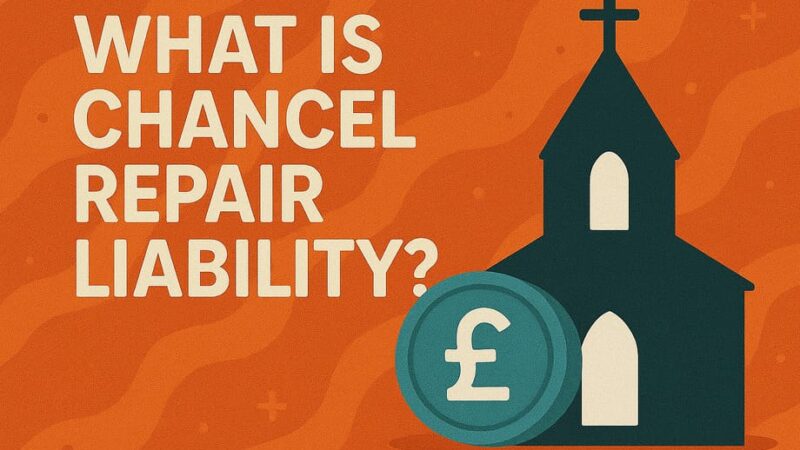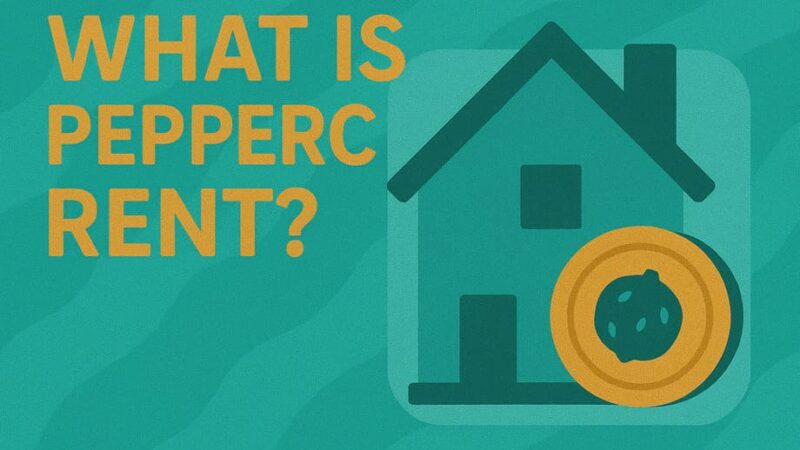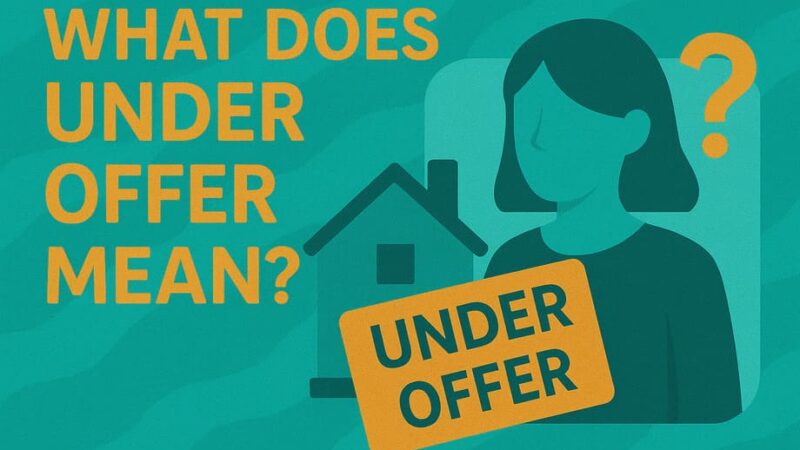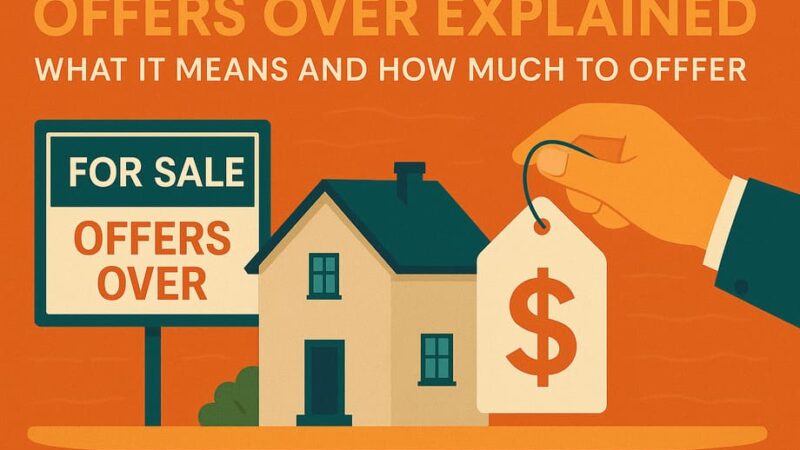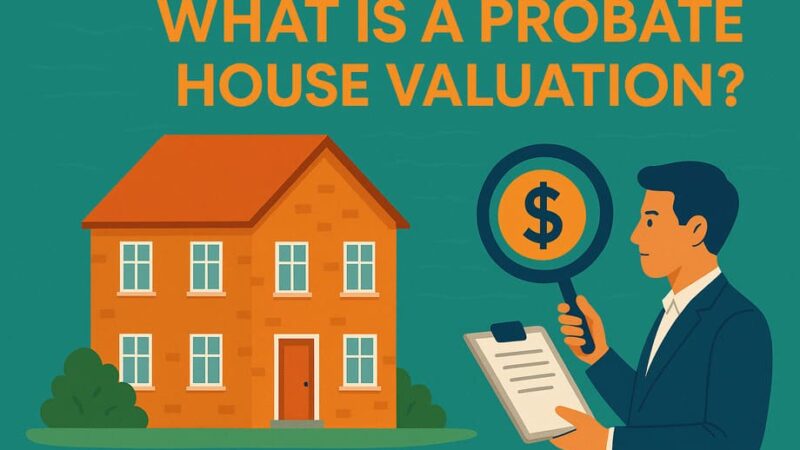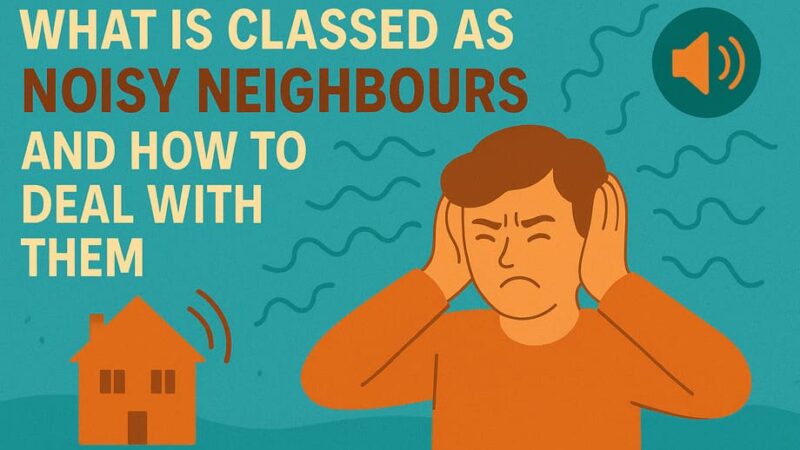What Does Commonhold Mean? UK Property Ownership Explained 2025
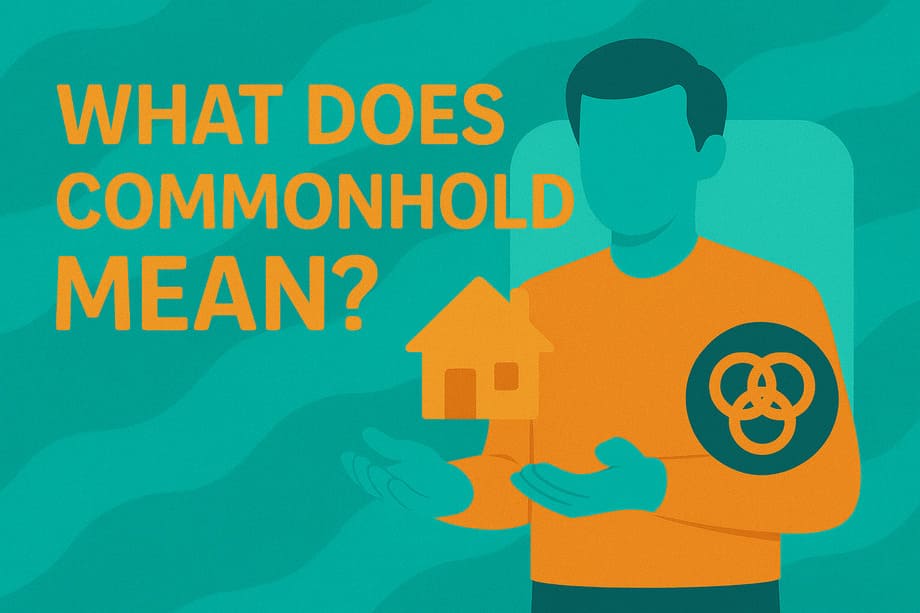
If you’re looking to buy a flat in England or Wales, you’ve probably heard terms like leasehold and freehold. But there’s a third option that could transform how flats are owned in the UK: commonhold. With major reforms announced in 2025, understanding commonhold is becoming essential for property buyers and current flat owners alike.
What Is Commonhold? The Simple Explanation
Commonhold is a form of property ownership that allows you to own your flat outright as a freehold, without any time limit. Instead of having an external landlord or freeholder, you and the other flat owners collectively manage your building through a residents’ association.
Think of it as owning your flat forever, just like owning a house, but with shared responsibility for communal areas like hallways, roofs, and gardens.
Key Features of Commonhold:
- Indefinite ownership (no lease expiry)
- No ground rent to pay
- No separate landlord or freeholder
- Residents control building management
- Introduced in 2002 but rarely used
- Major government reforms proposed for 2025
How Commonhold Works in Practice
When you buy a commonhold property, you purchase what’s called a “unit.” This is your individual flat, which you own freehold. All the shared parts of the building, the structure, stairways, lifts, roof, and communal gardens are called “common parts.”
The Commonhold Association
These common parts are owned and managed by a commonhold association, which is a limited company. Every flat owner automatically becomes a member of this association and can vote on important decisions.
The association is run by directors (who can be residents or professional property managers) and is responsible for:
- Building maintenance and repairs
- Insurance
- Setting and collecting contributions from owners
- Managing communal facilities
- Enforcing the rules
The Commonhold Community Statement
Every commonhold is governed by a document called the Commonhold Community Statement (CCS). This is a standardized legal rulebook that sets out:
- Everyone’s rights and responsibilities
- How much each unit contributes to costs
- Rules about noise, alterations, and property use
- Dispute resolution procedures
- Voting rights
Unlike individual leases that vary between properties, the CCS follows a standard format prescribed by law, making everything more transparent and consistent.
Financial Contributions
Instead of service charges and ground rent, commonhold owners pay a “commonhold assessment.” This covers building insurance, maintenance, repairs, and management costs. Importantly, there’s no ground rent on top of this.
Commonholds must also maintain reserve funds for major future expenses like roof replacement or lift refurbishment. This prevents surprise bills that often catch leasehold flat owners off guard.
Commonhold vs Leasehold: What’s the Difference?
Understanding the differences between commonhold and leasehold helps explain why commonhold offers such significant advantages.
| Feature | Leasehold | Commonhold |
|---|---|---|
| Duration | Fixed term (99-999 years) | Forever |
| Ground Rent | Yes (often escalating) | No |
| Who Controls Building | Freeholder | Residents collectively |
| Lease Extension | Expensive (£10,000s+) | Not needed |
| Value Over Time | Decreases as lease shortens | Stable |
| Selling Difficulty | Harder with short lease | No lease concerns |
The most significant difference is that leasehold ownership has a time limit. As your lease gets shorter, your property loses value and becomes difficult to sell or mortgage. Eventually, you must pay thousands of pounds to extend the lease. With commonhold, you own your flat forever, so none of these problems arise.
Commonhold vs Share of Freehold
Some leaseholders club together to buy their building’s freehold, creating “share of freehold.” While this gives residents control, it differs from commonhold:
Share of Freehold keeps the leasehold structure intact. You still have a lease (though you now control it) and may still pay ground rent as specified in your original lease documents.
Commonhold completely replaces leasehold. You own your flat freehold, there’s no lease at all, and everything is governed by standardized regulations rather than individual lease terms.
Advantages of Commonhold
Commonhold addresses many of the frustrations that make leasehold problematic:
No Ground Rent: This eliminates an expense that can escalate dramatically over time. Some modern leasehold properties have ground rents that double every ten years, making them unsellable.
Permanent Ownership: Your property doesn’t depreciate simply because time passes. Leasehold properties become difficult to sell and mortgage when the lease drops below 80 years.
No Lease Extension Costs: Extending a lease typically costs £5,000 to £50,000+. This expense disappears entirely with commonhold.
Democratic Control: Rather than accepting decisions made by a freeholder who prioritizes profit, commonhold owners collectively control their building and can vote on management decisions.
Simpler Transactions: Buying and selling is more straightforward because there’s no diminishing lease to worry about and the Commonhold Community Statement is standardized.
Transparent Budgeting: Financial contributions are based on forward-looking budgets that residents can review and challenge before costs are incurred.
Disadvantages of Commonhold
Despite its advantages, commonhold has significant drawbacks that explain its failure to gain traction:
Extremely Limited Availability: Fewer than 20 commonhold developments exist in England and Wales. You simply cannot choose commonhold for most properties because it’s virtually non-existent in the market.
Mortgage Lending Issues: Only about one-third of UK mortgage lenders currently offer commonhold mortgages, though this should improve with upcoming reforms.
Collective Responsibility Required: Success depends on residents actively participating in building management. If neighbors are apathetic or difficult, this creates challenges.
Conversion Is Nearly Impossible: Converting from leasehold currently requires unanimous consent from the freeholder, all leaseholders, and all mortgage lenders. Just one holdout prevents conversion.
No Forfeiture Rights: If someone doesn’t pay their share of costs, the association must pursue ordinary debt collection rather than forfeiture, which can be slower and more expensive.
Why Hasn’t Commonhold Been Popular?
Commonhold has spectacularly failed since its introduction in 2002. Several factors explain this:
Developer Resistance
Property developers have no incentive to use commonhold. With leasehold, they can retain the freehold and earn ongoing ground rent income, or sell the freehold to investment companies for substantial profits. Commonhold eliminates these revenue streams entirely.
Lender Caution
Mortgage lenders prefer familiar structures. With so few commonholds existing, lenders lack data about risks and performance, leading many to simply avoid commonhold lending altogether.
Structural Problems
The original 2002 legislation contained design flaws:
- Difficult for developers during construction phases
- One-size-fits-all rules didn’t work for diverse developments
- Unanimous consent for conversion made it practically impossible
- Restrictions on letting made it unsuitable for buy-to-let investors
Lack of Awareness
With virtually no commonholds existing, neither professionals nor the public developed familiarity with the system, creating a vicious cycle of non-use.
The 2025 Commonhold Reforms: Game Changer?
The government published a Commonhold White Paper in March 2025 with proposals that could finally make commonhold workable.
Ban on New Leasehold Flats
The most significant proposal is prohibiting the sale of new residential flats as leasehold. Once legislation passes (likely 2026-2028), all new flat developments would be commonhold by default. This forces developers to adapt since the leasehold alternative disappears.
Easier Conversion
Reforms will simplify converting existing leasehold buildings to commonhold, likely requiring only a substantial majority (perhaps 80%) rather than unanimous consent. This could enable millions of existing leaseholders to convert.
Lender-Friendly Changes
The White Paper addresses lender concerns with clearer rules on mortgage priorities, improved debt collection mechanisms, and standardized insurance requirements. Around 50% of lenders have indicated they’ll lend on reformed commonhold.
Mandatory Reserve Funds
All commonholds will require reserve funds with professional assessments every ten years, preventing financial instability and surprise bills.
Better Governance
Clearer governance structures, particularly for large developments, will make commonhold workable for complex schemes that take years to complete.
Commonhold Around the World
Similar systems work successfully worldwide, proving the concept is sound:
Australia: Strata title schemes have been the standard for apartment ownership since 1961, with millions of Australians living in strata properties.
North America: Condominiums are ubiquitous across the United States and Canada, functioning essentially like commonhold.
Europe: France, Spain, Germany, and other countries have apartment ownership structures that separate individual units from collective common area management.
These international examples demonstrate that collective apartment ownership works when properly implemented. Britain’s commonhold failure stems from implementation problems and market resistance, not inherent flaws in the concept.
Converting Your Leasehold to Commonhold
If you currently own a leasehold flat, you may wonder about converting to commonhold.
Current Reality
Under existing law, conversion requires unanimous agreement from the freeholder, all leaseholders, and all mortgage lenders. This makes conversion virtually impossible in practice.
After Reforms
Once legislation passes, conversion should become significantly more practical:
- A substantial majority (likely 80%) would suffice
- The freeholder would receive fair compensation
- Lenders would be notified but might not have absolute veto power
- Clearer procedures would make the process more manageable
Costs and Considerations
Conversion will still involve significant costs—potentially £30,000 to £100,000+ for legal fees, surveyor fees, and freeholder compensation in a ten-flat building. However, this might prove worthwhile when weighed against eliminating ground rent and future lease extension costs.
Before pursuing conversion, consider:
- Whether enough residents support the idea
- Your current lease length
- Building condition and anticipated major works
- Professional costs involved
- Timeline for reforms to become law
Frequently Asked Questions
Can I get a mortgage on a commonhold property?
Yes, but only from about one-third of lenders currently. This should improve significantly once 2025 reforms pass.
Do I pay ground rent?
No. Commonhold has no ground rent at all—only contributions to building maintenance costs.
How many commonholds exist in the UK?
Fewer than 20 developments across England and Wales as of 2024.
Can I rent out my commonhold flat?
Yes, but only on tenancies of seven years or less. Long leases aren’t permitted.
Will commonhold replace leasehold?
Eventually, yes. The 2025 reforms propose banning new leasehold flats, though existing leasehold properties would remain until converted.
Is commonhold the same as share of freehold?
No. Share of freehold retains the leasehold structure while commonhold completely replaces it.
What happens in Scotland?
Scotland doesn’t have commonhold. Most flats are owned outright with shared responsibility for common areas through different arrangements.
The Future of Commonhold in the UK
Commonhold stands at a turning point. After twenty years of obscurity, the 2025 reforms could finally enable it to work as originally intended.
If the government follows through on proposals to ban new leasehold flats and simplify conversion, commonhold could shift from rare curiosity to standard practice within a decade. This would fundamentally improve flat ownership across England and Wales.
For new-build flat buyers, you may soon have no choice but commonhold—so understanding it now prepares you for the future.
For existing leaseholders, watch for opportunities to convert once reform legislation passes, especially if your building has an active residents’ group.
For everyone involved in property, commonhold is transitioning from niche topic to essential knowledge. The way British people own flats is about to change dramatically.
Conclusion
Commonhold means owning your flat forever, without ground rent, without watching your lease tick down, and with genuine control over your building. It’s a modern alternative to the outdated leasehold system that has trapped millions of flat owners.
The 2025 government reforms offer real hope that commonhold will finally fulfill its promise. If you’re buying, selling, or owning a flat in England or Wales, understanding commonhold isn’t optional anymore, it’s essential preparation for the future of UK property ownership.
Last Updated on October 22, 2025 by James Cartwright


